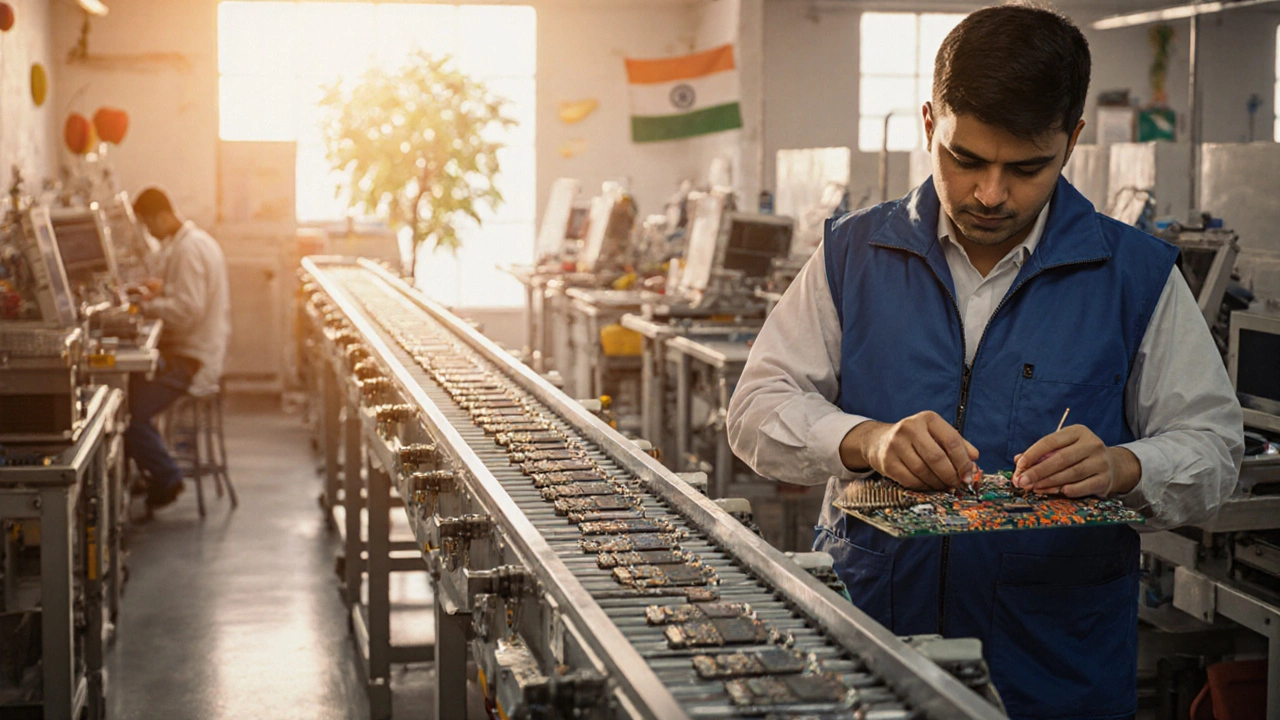Manufacturing Abroad: Opportunities, Risks, and How to Succeed
When talking about manufacturing abroad, the practice of producing goods in a foreign country to tap new markets, lower costs, or access specialized skills. Also known as offshore manufacturing, it lets companies stretch their reach beyond borders while juggling new rules and logistics.
One of the first things you’ll run into is the global supply chain, the network of suppliers, transport routes, and distribution hubs that moves raw materials to finished products worldwide. This network shapes every decision in manufacturing abroad, from choosing a plant location to timing shipments. A smooth supply chain can shave weeks off lead times; a broken link can stall production entirely. Because of that, companies often map their entire chain before committing to an overseas factory.
Key Factors to Consider
The next big piece is export regulations, the set of legal requirements governing how goods leave one country and enter another. Ignoring these rules can mean costly delays, fines, or even a shutdown of the overseas operation. Understanding tariff schedules, customs documentation, and local compliance standards is a must‑have skill for anyone eyeing manufacturing abroad. In practice, firms often hire local consultants or use trade‑law software to stay ahead of changes.
Closely tied to regulations is foreign direct investment (FDI), capital that a company injects into a foreign country to own or control a business there. High FDI inflows usually signal a welcoming investment climate, lower political risk, and better infrastructure. On the flip side, countries with restrictive FDI policies can make it harder to own a factory outright, pushing businesses toward joint ventures or contract manufacturing instead.
All these elements feed into the core idea that manufacturing abroad isn’t just a cost‑cutting trick; it’s a strategic move that requires aligning production goals with market realities. Companies that treat offshore production as a standalone project often miss hidden costs, like quality control gaps or cultural misunderstandings that affect workforce productivity.
Speaking of workforce, labor skill levels and wage structures are another decisive factor. Nations with a strong tradition in precision engineering—think Germany or Japan—offer high‑skill labor but at a premium. Meanwhile, emerging economies may provide lower wages but need investment in training programs to meet quality standards. Balancing these trade‑offs determines whether the offshore site delivers the expected return on investment.
Finally, technology adoption can make or break an overseas venture. Modern factories rely on automation, IoT sensors, and real‑time data analytics to keep production tight and reduce waste. When a host country embraces Industry 4.0, the learning curve shortens, and the benefits of manufacturing abroad become more tangible. Conversely, lacking digital infrastructure can force firms to build extra layers of monitoring, eroding the cost advantage.
Below you’ll find a hand‑picked collection of articles that dive deeper into each of these topics—profitability, risk assessment, industry‑specific case studies, and step‑by‑step guides. Whether you’re just testing the waters or ready to roll out a full‑scale offshore plant, the resources ahead will help you make informed choices and avoid common pitfalls.

Cheapest Countries for Manufacturing Products in 2025
Explore the cheapest countries for manufacturing in 2025, learn how to calculate true landed cost, compare key hubs, and avoid hidden expenses.
Read More